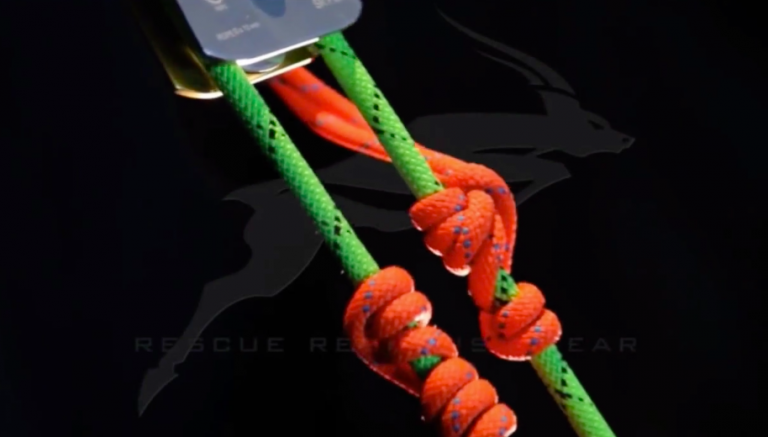

“Authorized Climber – Rescuer / Custom Emphasis Training” This course follows, meets and exceeds OSHA CFR 1910.268 – ANSI Z359 & Z490 – NATE CTS Industry Standards as it pertains to Authorized Climber / Rescuer. This course covers the specific equipment, harnesses, fall protection lanyards, secondary fall protection lines, anchoring challenges, edge protection, job briefings, ascending needs, logging and documentation of all equipment and training. Working in a vertical realm creates a host of fall protection needs and concerns. OSHA – ANSI – NATE COMPLIANT… This training course covers in depth, the needs of fall protection in the industrial environment. All part of our Tower Climber Certification Series. If a climber meets our prerequisites, TRS offers a class that updates and reviews your level of knowledge and expounds on the latest training, techniques and updated standards. Our “Refresher” courses recognize that keeping current and proficient is part of a complete training program. Reach out to us, and we’ll help you determine which course is right for you and your team. Remember to always keep pets leashed while walking on or near ice.We offer this course as a one day refresher, a two-day authorized climber, three day advanced climber, or four day custom climber course. Well meaning pet owners can easily become victims themselves when trying to assist their pets. Untrained rescuers can become victims themselves.ĭo not attempt to rescue the pet, go find help. Go: If the situation is too dangerous for you to perform a rescue, call 911 or go to find help.Throw: Toss one end of a rope or something that will float to the victim.Reach: If you can safely reach them from shore, extend an object like a rope, jumper cables, tree branch, or ladder to them.Shout to the victim to reassure them help is on the way. Remember the phrase "Preach-Reach-Throw-Go." Seek medical advice from your physician on medical attention. If you are in a remote area, get to or start a campfire. Find shelter and get warm: Change out of wet clothing and find warm, dry coverings.Lie flat and roll away: Once your torso is on firm ice, roll toward thicker ice to distribute your weight.

Place your hands and arms on an unbroken surface and kick your legs: If you have ice picks or a pair of nails, use them to pull yourself up onto the ice while kicking.Turn the direction you came from: Ice you previously walked on should be the safest.Don't remove winter clothing: Air trapped in your clothes can provide warmth and help you float.Don't panic: Call for help if there are people nearby.


 0 kommentar(er)
0 kommentar(er)
